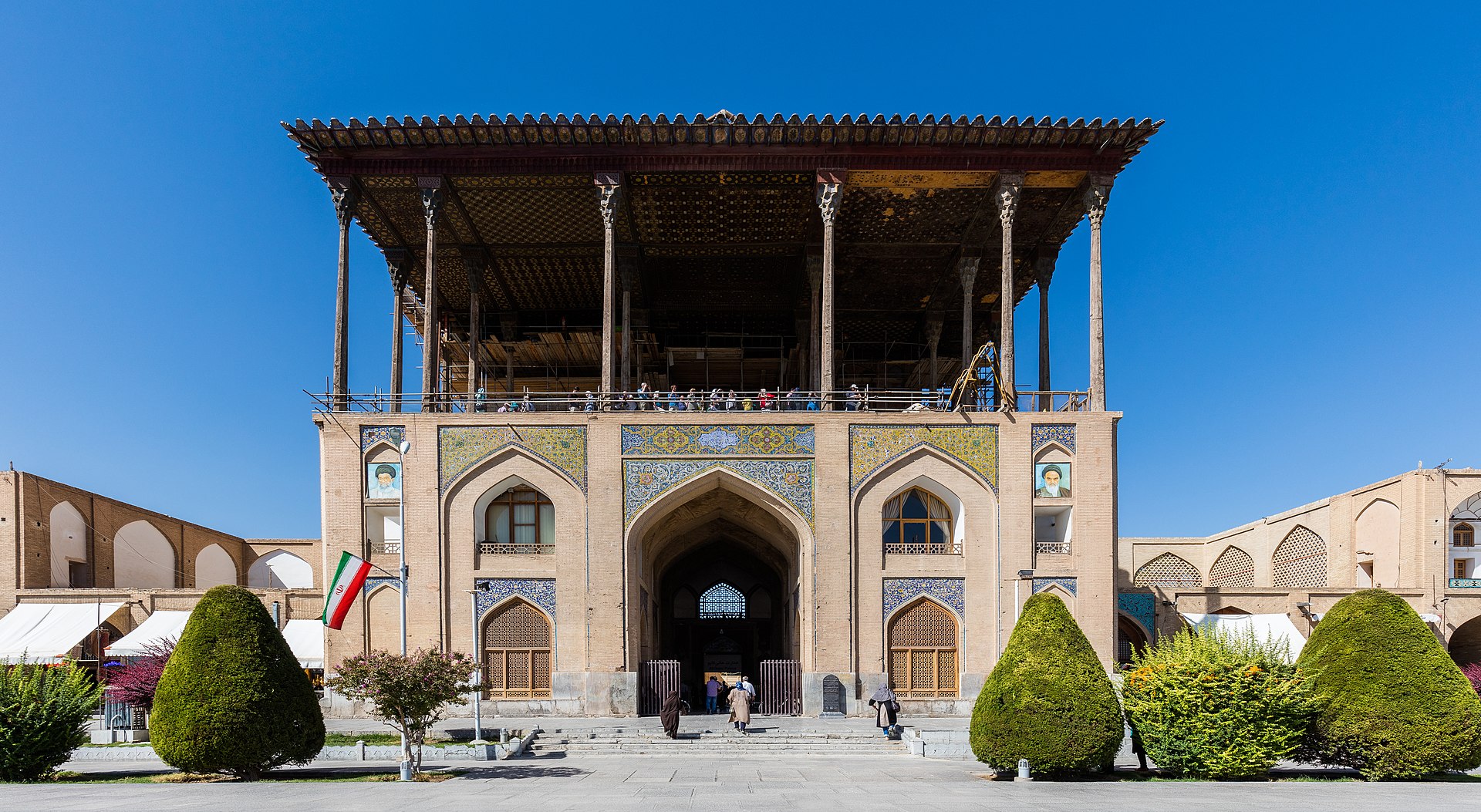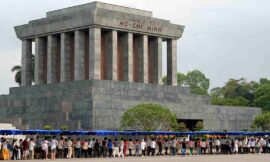Ali Qapu Palace, a magnificent structure located on the western side of Naqsh-e Jahan Square in Isfahan, Iran, stands as a testament to the architectural prowess and grandeur of the Safavid dynasty. Built in the late 16th century during the reign of Shah Abbas I, this five-story palace served as a symbol of power, a royal residence, and a venue for state ceremonies and entertainment.
The name “Ali Qapu” translates to “Great Gate” in Persian, and the palace indeed started as a monumental entrance to the Safavid palaces that stretched towards the Chahar Bagh Avenue. However, under the direction of the chief architect, Ustad Ali Akbar Isfahani, it evolved into a standalone palace characterized by its distinctive features and grandeur.
One of the most striking elements of Ali Qapu Palace is its impressive terrace, which overlooks Naqsh-e Jahan Square. The elevated position offers panoramic views of the square and its surroundings, making it an ideal location for Shah Abbas I to observe polo matches, parades, and other public events. The terrace is adorned with wooden columns, providing both structural support and aesthetic appeal.
The exterior of Ali Qapu Palace is marked by intricate tilework and decorative patterns, showcasing the mastery of Safavid artisans. The vivid colors and detailed designs on the facade, particularly on the upper floors, contribute to the palace’s visual splendor. The entrance portal is a prime example of the blend of calligraphy and geometric patterns that characterize Persian architectural aesthetics.
The interior of Ali Qapu Palace is equally impressive, featuring elaborately decorated rooms and halls. One of the notable spaces is the music hall on the top floor, renowned for its remarkable acoustic design. The walls of the music hall are adorned with finely detailed frescoes depicting courtly scenes, hunting scenes, and mythical creatures. The stucco reliefs and muqarnas (decorative elements) add to the opulence of the palace’s interior.
The sixth-floor “talar,” or open terrace, is a unique feature of Ali Qapu Palace. This open-air space is surrounded by columns and arches, creating a pleasant environment for relaxation and contemplation. The view from this terrace extends to the distant mountains and the cityscape, providing a serene escape from the hustle and bustle of the square below.
Ali Qapu Palace is not only an architectural marvel but also a cultural treasure that reflects the grandeur and sophistication of the Safavid era. It served as a multifunctional space, hosting state receptions, entertaining foreign dignitaries, and offering a retreat for the royal family. Today, visitors to Isfahan can explore the intricacies of Ali Qapu Palace, marvel at its artistic embellishments, and step back in time to experience the regal ambiance of Safavid Iran.



